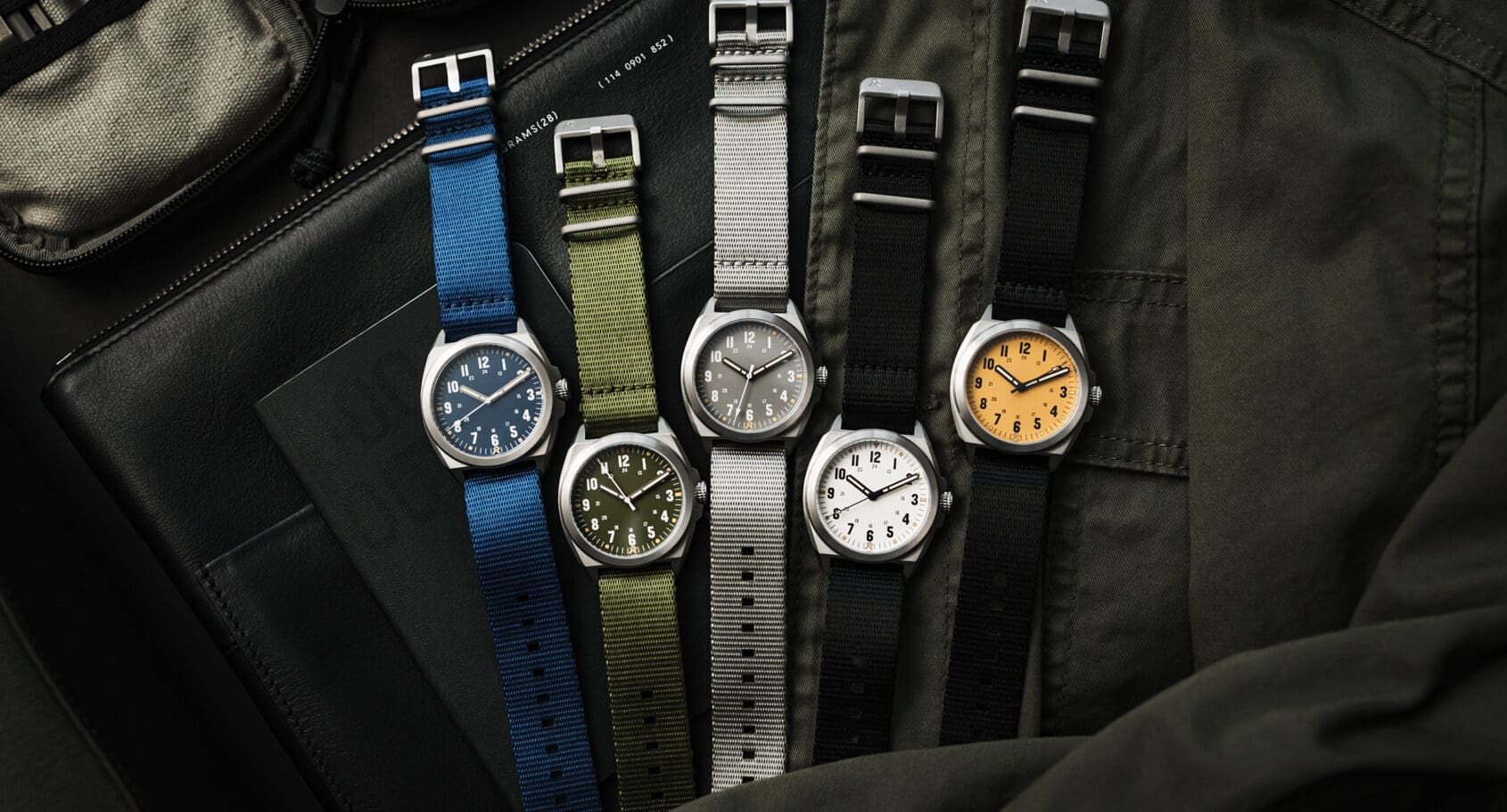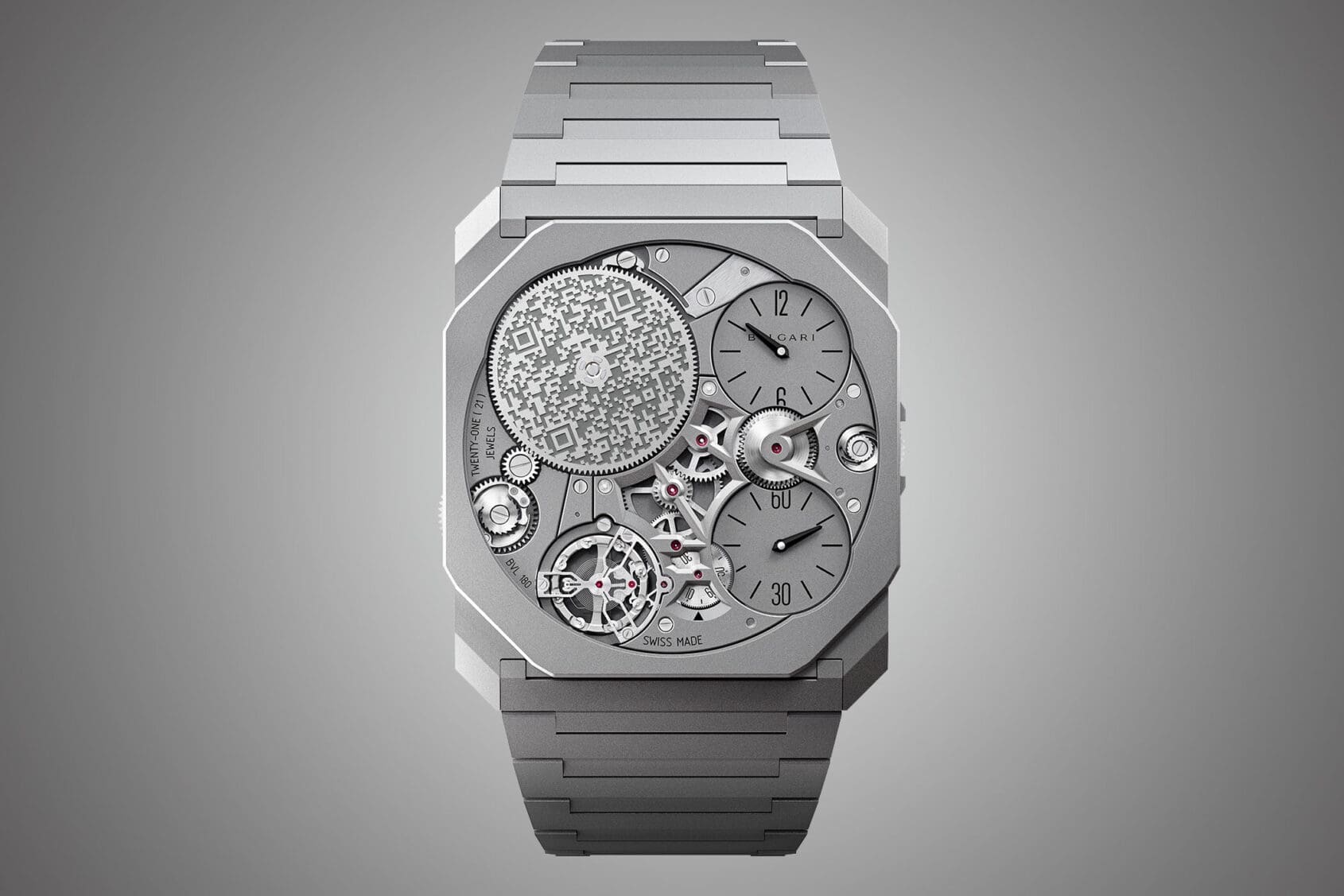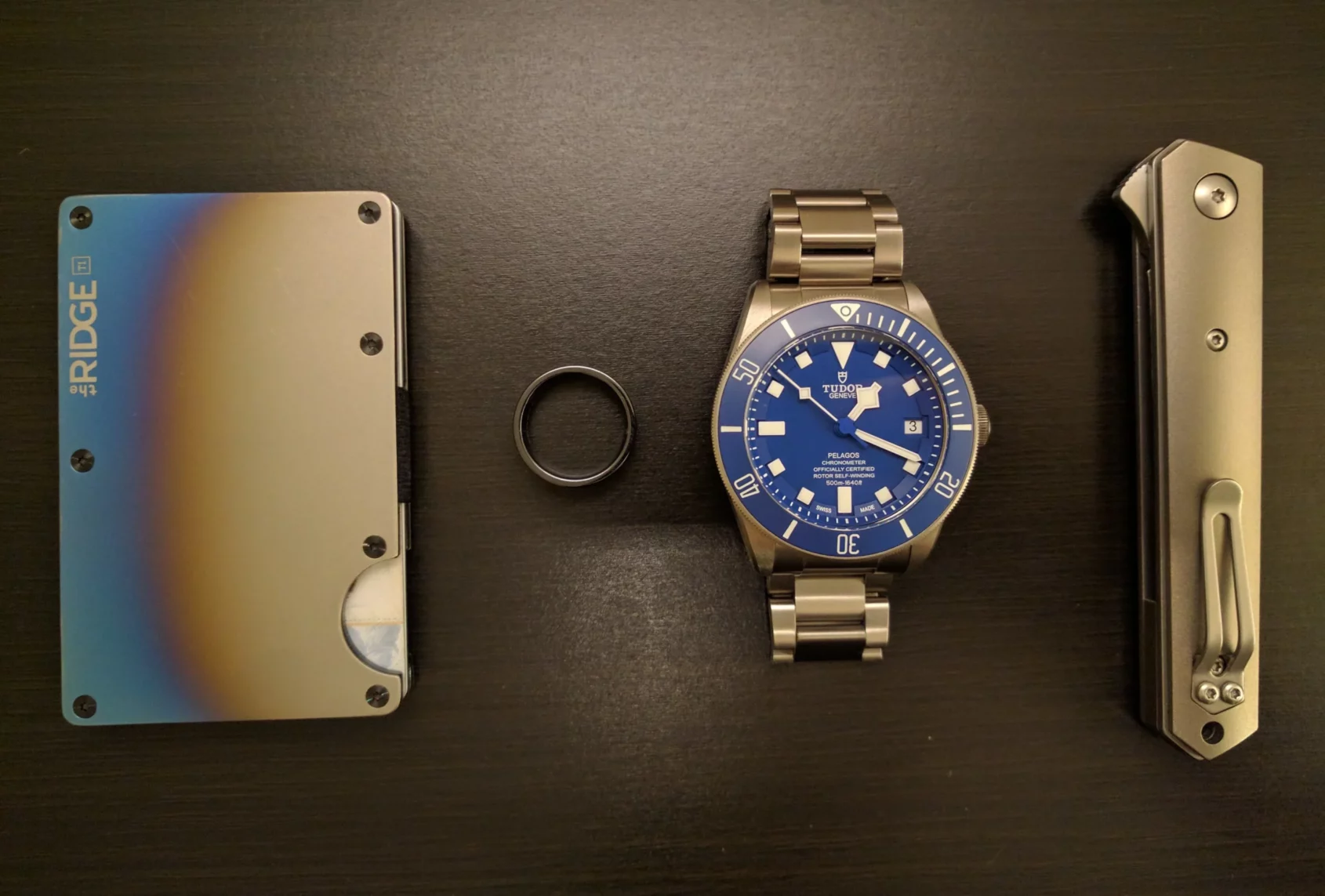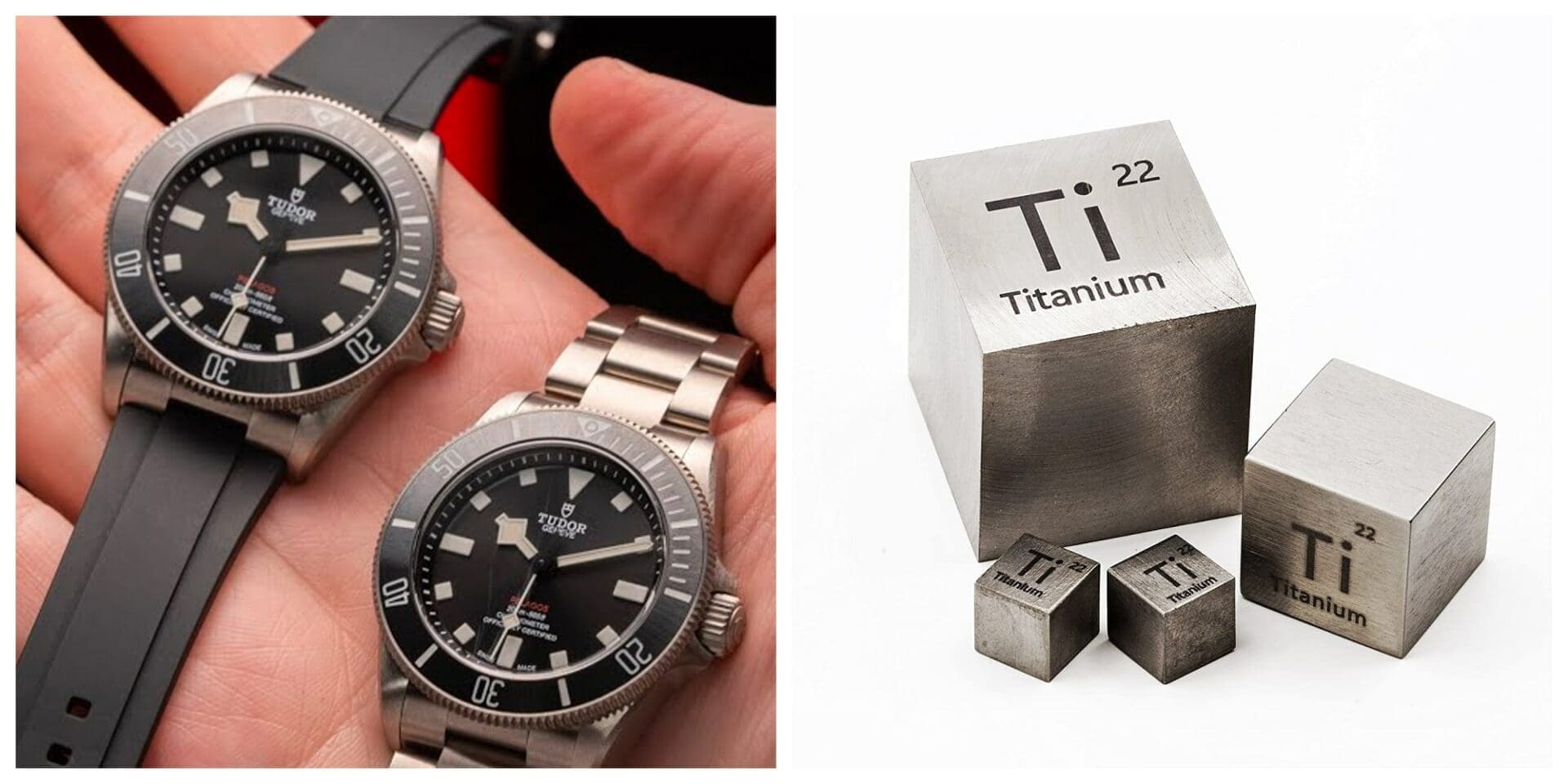Should titanium watches really be more expensive than the steel equivalent?
Fergus NashTitanium watches aren’t anything new by any stretch of the imagination. When Citizen unveiled the world’s first titanium wristwatch in 1970, the lightweight and hypoallergenic properties of the metal were an incredible development for the industry, but a lot has changed in the last 50 years. Titanium has been well and truly democratised in the watch world, and even new microbrands can have their first releases made in titanium, packed with an affordable mechanical movement, and sold for under a few hundred bucks. One of the cheapest watches in my collection is this Seiko, which despite an intricately finished titanium case and bracelet originally cost me less than $200 AUD.

The launch of the latest Tudor Pelagos in 39mm highlighted a trend in recent years as titanium is making its way deeper into high-end pockets. Brands like Bulgari, Longines, IWC, Zenith and Omega have all released titanium watches that eke into the upper echelons of their price ranges, and it’s now viewed as an entirely legitimate material for a luxury watch. So how is it that this material has become such a must-have for the high-end sector, and is the accompanying price hike really justified?

Titanium’s main benefit is that is has the highest strength-to-density ratio of any metal, meaning that it can be as strong as steel while weighing as much as 45% lighter. It’s corrosion-resistant, hypoallergenic, and it’s also the ninth most common element on Earth. Despite the monetary value of raw titanium hovering around 20 times more than raw steel, that does say more about the abundance of steel rather than the costliness of titanium. Because of these properties, you can find titanium products in almost every industry you search. Piercings, tools, cutlery, glasses and even telescopic toothpicks can all be found for mere dollars when looking for titanium online – there’s no shortage of possibilities.

However, we’re all aware by now that goods can’t be valued on the cost of the materials alone, especially not when watches require so much refinement during production. If you were to consider the cost of steel by weight in a Rolex Daytona, it wouldn’t even make a dent in the current price. The real cost comes from the R&D, tooling, manufacturing, assembly, finishing, and only then can the brands apply their marketing and profit margin costs. Despite its abundance, titanium is much more difficult to machine than stainless steel. Its thermal efficiency is 80% lower than steel, meaning the heat generated from cutting it doesn’t dissipate throughout the material and the worked spot gets very hot, very quickly. On top of that, titanium doesn’t lose much strength once it’s hot, so steel tools will become ineffective as soon as they heat up. As if that wasn’t bad enough, the cuttings from titanium are extremely flammable and can only be put out with a specific Class D fire extinguisher.
With all that considered, there is definitely a delicate balance in place for titanium watches. The luxury watch industry loves to reinvent the wheel and apply glamour to ordinary things — just look at how the Royal Oak in 1972 redefined stainless steel as a precious option. But, there is also legitimate reason for titanium to incur a price premium on a steel watch. For the consumer, a discerning eye is an important quality. Now when you next see a hyped-up titanium watch, you can more accurately evaluate whether its quality is worthy of the price without being swayed by the mere Ti symbol.






